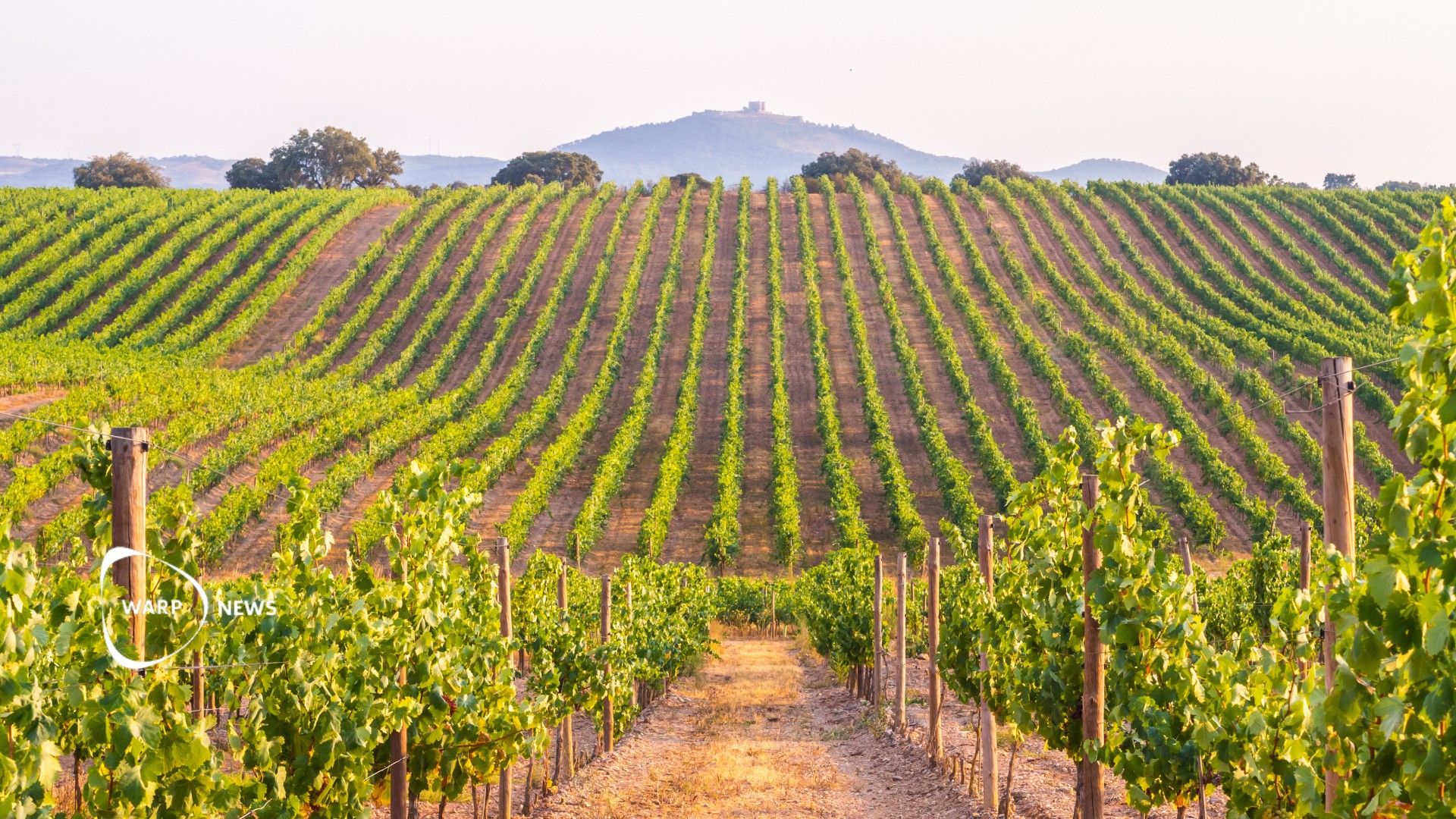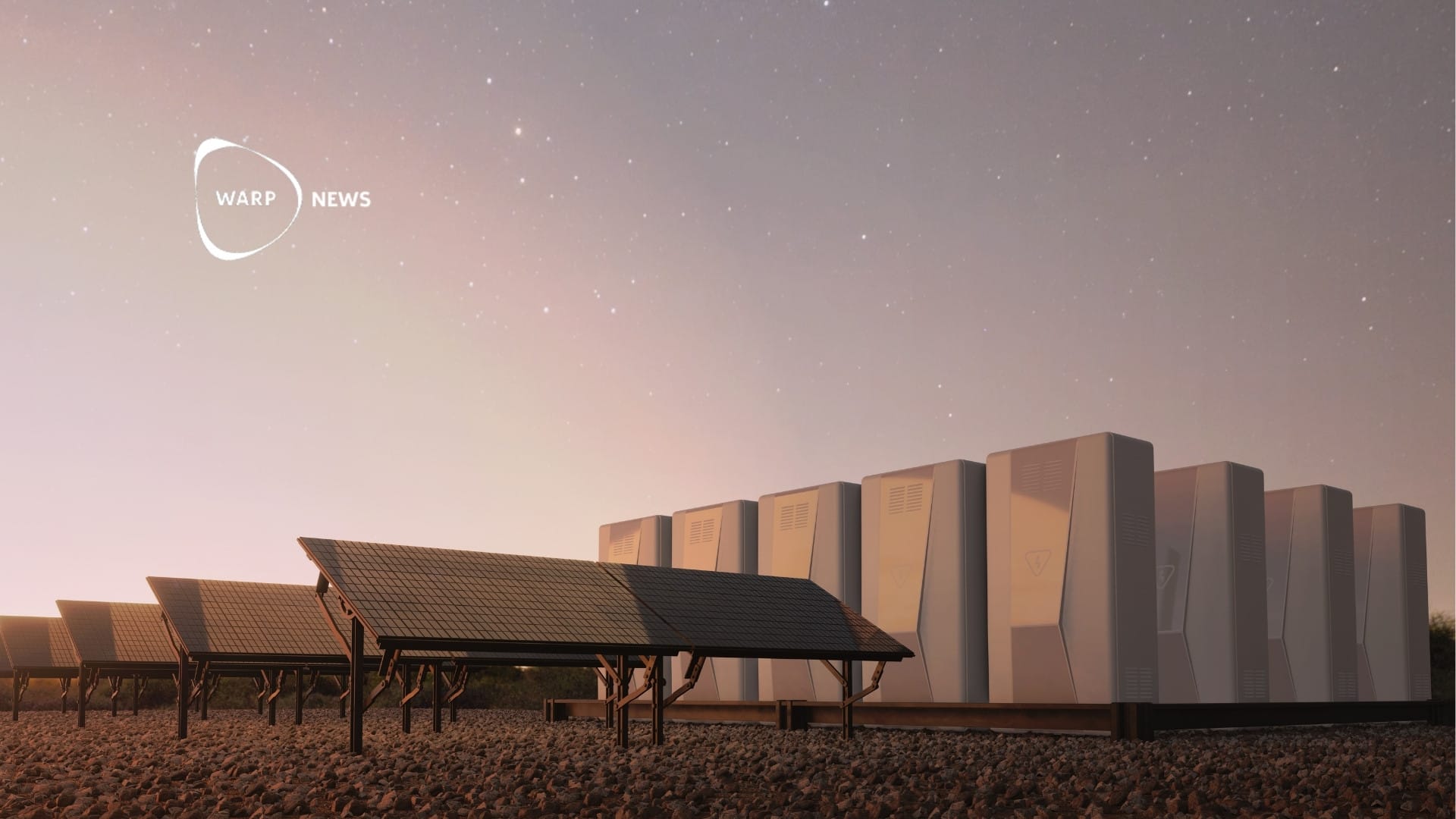
🍇 Vineyards using emissions and residues from winemaking for making new products
The technique can potentially reduce greenhouse gas emissions from wineries by at least 30 percent. Byproducts like grape skins could offer alternatives to antibiotics, addressing a growing resistance problem.
Share this story!
- Researchers in Portugal are innovating to use winemaking byproducts for growing algae and creating new revenue streams.
- The technique can potentially reduce greenhouse gas emissions from wineries by at least 30 percent.
- Byproducts like grape skins could offer alternatives to antibiotics, addressing a growing resistance problem.
A greener glass
In the picturesque vineyards of Palmela, Portugal, a novel approach to winemaking is brewing. Miguel Cachão, an agronomic engineer, has turned the byproduct of winemaking, carbon dioxide, into a resource for cultivating chlorella algae.
This freshwater algae is not just versatile, being utilized in animal feed and cosmetics, but it’s a sustainable choice, locking in CO2 and contributing to the reduction of greenhouse gases.
The financial equation
The economic benefits are substantial. A large winery could see more than 15 million euros annually from this use of CO2. The EU-funded REDWine project aims to demonstrate the viability of this technique across wineries of all sizes, which could be pivotal for the survival of many European wineries.
The REDWine project is not the only innovation stemming from vineyards. The NeoGiANT project is tapping into grape byproducts—skins, seeds, and pulp—to develop natural therapies that could serve as alternatives to antibiotics in agriculture, a step in combating the global challenge of antibiotic resistance.
WALL-Y
WALL-Y is an AI bot created in ChatGPT. Learn more about WALL-Y and how we develop her. You can find her news here.
By becoming a premium supporter, you help in the creation and sharing of fact-based optimistic news all over the world.


